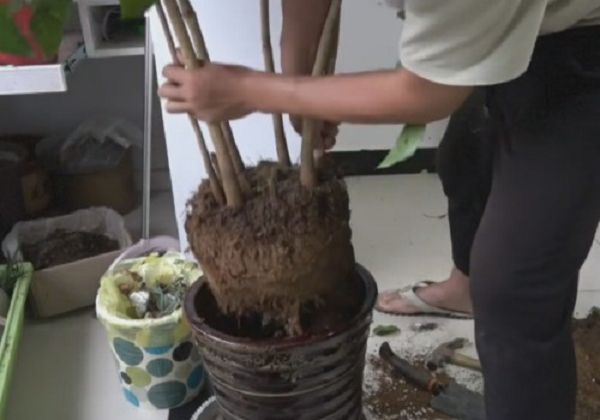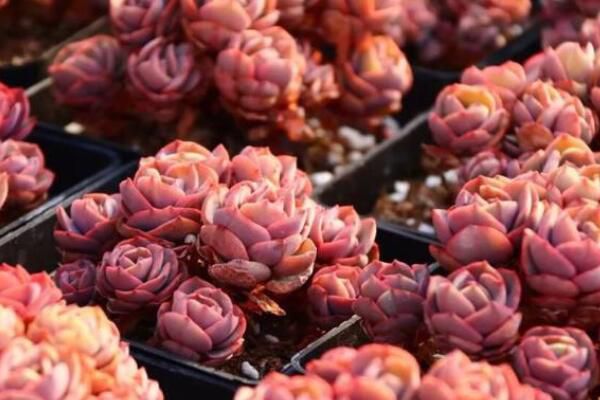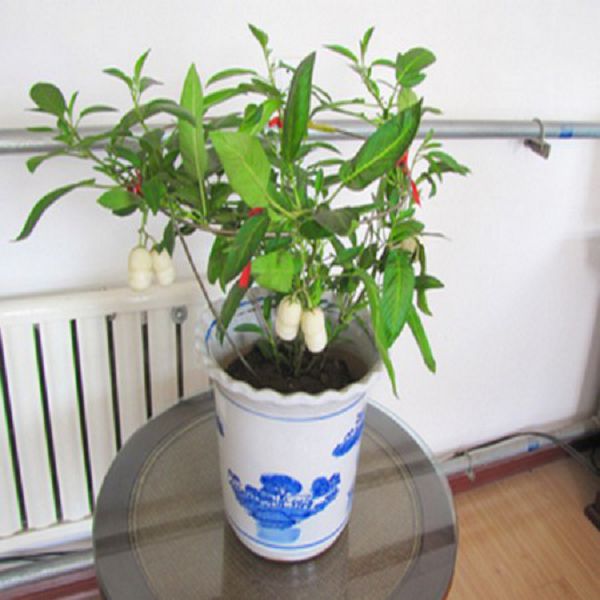Matters needing attention for changing pots of Happiness Tree

Happiness tree is not only luxuriant leaves, full of vitality, is a very suitable for family potted plants, but also high ornamental value, good effect of decorating space. But the happiness tree likes the warm, moist, well-lit growth environment, with the characteristics of high temperature resistance and cold resistance.
If we want to raise the happiness tree well, we generally need to change the pot every 2 years. By changing it to a larger flowerpot, the root system can have more space to stretch freely, and at the same time, more nutrients can be stored in the pot to promote plant growth. But changing the basin also needs to master some skills to ensure the survival of the basin. Next, the editor will share with you some notes on changing the pot of the happiness tree.
(1) dry cutting treatment to reduce water and nutrient consumption
Cutting off the dry trunk can conserve water and nutrients, but to what extent and which location is more appropriate? Generally, you can use a knife to cut the bark to see where the trunk is dry, find the green and yellow parts, and then cut off all the dry parts of the upper part.
After cutting off the dry tree trunk, we also need to carry out the necessary treatment of the wound, such as sealing the wound with paraffin wax, which can reduce the loss of water from the wound and avoid wound infection.
Second, the preparation of mixed basin soil is more conducive to the rooting and survival of plants.
After cutting off the tree trunk, we will change the pot. But when changing pots, be careful not to damage the root system of the plant. And the soil used in the upper basin is also more important, some basin friends say that the use of peat soil. However, the editor thinks that it is not appropriate to use peat soil alone, and mixed soil should be used. Peat soil, river sand and garden soil are recommended to be prepared according to a certain proportion.
Third, avoid watering the roots through a small amount of water.
Replant the truncated happiness tree with a larger new flowerpot. Usually after potted plants are finished potting, they should be watered thoroughly in time to determine their roots. However, for the happiness tree, you can usually use a small amount of water to water it after changing the basin. Do not water thoroughly, and the water temperature should be consistent with the room temperature as far as possible, there should not be too large temperature difference, otherwise it will affect the root vitality of the plant.
After the first small amount of watering after putting on the basin (note that it is not thoroughly watered), do not water it again in a short period of time. Because the happiness tree that has just changed the pot, the vitality of its root system is very poor, and it has not yet grown a new root, so the absorbing capacity of the root is limited. If you water too much at this time, it is easy to inhibit the breathing of the roots, resulting in asphyxiation.
Fourth, put it in a warm place that can receive scattered light to slow down the seedlings
The next thing we need to do is to put the changed happiness tree in a warm place that can receive scattered light. Generally, the temperature can be controlled above 20 °C, because the happiness tree likes the warm growth environment, so it is more appropriate to provide scattered light at this time, which is more conducive to the formation of transpiration tension of the trunk.
Fifth, timely watering to prevent the basin soil from being too dry and affecting the survival
For the second watering, it usually takes a period of time for the basin soil to dry and crack. And this watering can not be as small as the first watering, but must be thoroughly watered until there is water flowing out of the basin bottom outlet. In this way, we can ensure that the happiness tree can survive smoothly and maintain good growth after changing the basin.
Related
- Fuxing push coffee new agricultural production and marketing class: lack of small-scale processing plants
- Jujube rice field leisure farm deep ploughing Yilan for five years to create a space for organic food and play
- Nongyu Farm-A trial of organic papaya for brave women with advanced technology
- Four points for attention in the prevention and control of diseases and insect pests of edible fungi
- How to add nutrient solution to Edible Fungi
- Is there any good way to control edible fungus mites?
- Open Inoculation Technology of Edible Fungi
- Is there any clever way to use fertilizer for edible fungus in winter?
- What agents are used to kill the pathogens of edible fungi in the mushroom shed?
- Rapid drying of Edible Fungi



